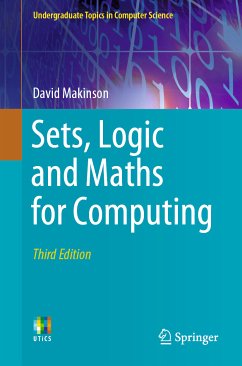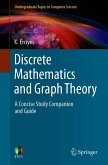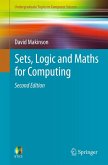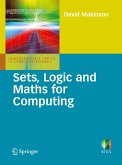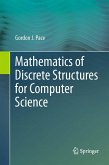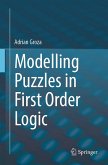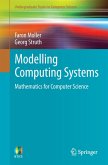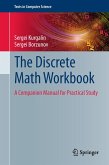The thoroughly revised third edition features a new chapter on relevance-sensitivity in logical reasoning and many additional explanations on points that students find puzzling, including the rationale for various shorthand ways of speaking and 'abuses of language' that are convenient but can give rise to misunderstandings. Solutions are now also provided for all exercises.
Topics and features:
- Presents an intuitive approach, emphasizing how finite mathematics supplies a valuable language for thinking about computation
- Discusses sets and the mathematical objects built with them, such as relations and functions, as well as recursion and induction
- Introduces core topics of mathematics, including combinatorics and finite probability, along with the structures known as trees
- Examines propositional and quantificational logic, how to build complex proofs from simple ones, and how to ensure relevance in logic
- Addresses questions that students find puzzling but may have difficulty articulating, through entertaining conversations between Alice and the Mad Hatter
- Provides an extensive set of solved exercises throughout the text
This clearly-written textbook offers invaluable guidance to students beginning an undergraduate degree in computer science. The coverage is also suitable for courses on formal methods offered to those studying mathematics, philosophy, linguistics, economics, and political science. Assuming only minimal mathematical background, it is ideal for both the classroom and independent study.
Dr. David Makinson has taught courses related to the material of this book at the American University of Beirut, King's College London and, in recent years, the London School of Economics, UK.
Dieser Download kann aus rechtlichen Gründen nur mit Rechnungsadresse in A, B, BG, CY, CZ, D, DK, EW, E, FIN, F, GR, HR, H, IRL, I, LT, L, LR, M, NL, PL, P, R, S, SLO, SK ausgeliefert werden.

